EEOICPA stands for: Energy Employees Occupational Illness Compensation Program
The Department of Labor (DOL), Office of Worker Compensation Programs, oversees the EEOICPA White Card Program. These claims are part of the Federal Workers Compensation program, providing compensation to individuals who have worked for the Department of Energy (DOE) or under a DOE contract at designated facilities.
Enacted by Congress in 2000 and effective in 2001, the EEOICPA White Card Program covers workers and work sites under the jurisdiction of the DOE and the Atomic Energy Commission (AEC).
Who qualifies for EEOICPA White Card benefits?
Employees who were involved in the production or testing of atomic weapons for the DOE at covered facilities are eligible for the EEOICPA White Card Program.
If you or a loved one worked in the nuclear or uranium industries and became sick, you may be entitled to compensation of up to $400,000 plus free medical care in the comfort of your own home.
DOE contractors who performed environmental remediation at covered facilities also typically qualify for EEOICPA White Card benefits.
Due to the complexity of the EEOICPA White Card Program, we recommend contacting us and we'll help you determine eligibility but here is an overview of the two parts included in the program.
Part B
Part B provides financial and medical assistance to:
-
Current or former Department of Energy (DOE) workers
-
DOE contractor or subcontractor employees
-
Employees of Atomic Weapons Employers (AWE)
-
Uranium workers employed under the U.S. Atomic Energy Commission (AEC) between 1942 and 1990
Part B benefits
-
$150,000 tax-free lump sum payment
If you qualify, you or your surviving family can receive a one-time payment of $150,000. -
Medical benefits
The program covers all medical expenses related to the approved illness, including doctor visits, prescriptions, treatments, travel for care and superior home healthcare from Trusted Ally. -
Survivor benefits
If the worker is deceased, surviving family members (typically spouses or children) may be eligible for compensation, provided the illness can be linked to radiation exposure from a covered facility.
Part B covered illnesses
Part B focuses on diseases that are strongly associated with radiation exposure, including:
-
Various types of cancer
-
Chronic beryllium disease (CBD)
-
Beryllium sensitivity
-
Silicosis (for certain uranium miners)
Who is eligible for Part B?
DOE Workers, Contractors, and Subcontractors:
-
Worked for the Department of Energy (DOE) or a DOE contractor or subcontractor
-
At a DOE facility
-
And developed a covered illness due to exposure at that facility
Atomic Weapons Employees (AWE)
-
Worked for a private company that processed or produced radioactive materials for nuclear weapons under a contract with the U.S. government
-
At a facility designated as an AWE facility
-
And developed a covered illness from that work
Uranium Workers under the Radiation Exposure Compensation Act (RECA)
-
Worked as a uranium miner, miller, ore transporter, core driller or remediation worker
-
Between 1942 and 1990 at certain locations
-
And have received compensation under RECA Section 5
-
Then, you may qualify for an additional $50,000 and medical benefits
Part E
Part E provides compensation and medical benefits to DOE contractor or subcontractor employees.
Part E benefits
-
Compensation for impairment
Workers may receive financial compensation based on the level of permanent impairment caused by the illness. The amount is calculated using a schedule that assigns value to each percentage of impairment. 1% impairment = $2,500 up to $250,000. Trusted Ally works with a dedicated Impairment Doctor to review all possible conditions to maximize your compensation and medical benefits. -
Compensation for wage loss
If the illness caused a worker to miss work or retire early, they may be eligible for wage loss benefits. -
Medical benefits
Approved medical conditions are fully covered, including doctor visits, prescriptions, related treatments and superior home healthcare from Trusted Ally. -
Survivor Benefits
If a worker died as a result of an exposure-related illness, eligible survivors can receive up to $125,000, plus additional compensation based on the worker's wage loss.
Part E covered illnesses
Part E covers a wide range of diseases caused by toxic exposures including not only radiation, but also chemicals, solvents, acids, metals, and other hazardous materials.
-
Asbestos-related conditions
-
Lung and respiratory diseases (like COPD or pulmonary fibrosis)
-
Kidney and liver diseases
-
Heart disease (from solvent exposure)
-
Certain types of cancer
-
Neurological disorders
-
Chemical poisoning and other systemic illnesses
If medical and work records show a likely connection between toxic exposure and the illness, it may be compensable under Part E.
Who is eligible for Part E?
DOE Contractors and Subcontractors
-
Worked at a DOE facility
-
As a contractor or subcontractor
-
And developed an illness due to exposure to any toxic substance (not just radiation — includes chemicals, solvents, asbestos, heavy metals, etc.).
Does EEOICPA actually pay claims?
Yes, and as of December 2024, over $27 billion has been paid in total settlements and medical bills paid.
Areas We Serve

Colorado, Nevada, New Mexico, South Carolina, Georgia, Tennessee and Texas.

Colorado
Colorado has 17 facilities covered by the EEOICPA White Card Program including the Rocky Flats Plant, which played a vital role in producing nuclear weapons parts, such as plutonium and uranium. Colorado is also a designated Uranium Worker State meaning certain uranium industry employment is covered under the Radiation Exposure Compensation Act (RECA) throughout the entire state.

Nevada
Nevada has 6 locations covered by the EEOICPA White Card program including the Nevada Test Site, also known as the Nevada National Security Site which was established in 1951 for testing nuclear weapons. Nevada also has 6 designated Downwinder Areas meaning certain counties downwind from the Nevada Test Site are covered under the Radiation Exposure Compensation Act (RECA).
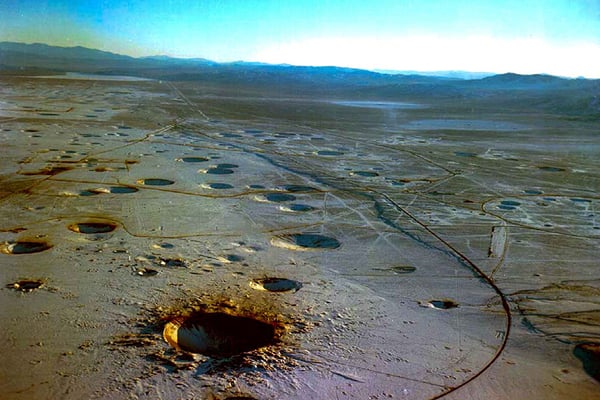
New Mexico
New Mexico has 18 facilities covered by the EEOICPA White Card program including the Los Alamos National Laboratory. New Mexico is also a designated Uranium Worker State meaning certain uranium industry employment is covered under the Radiation Exposure Compensation Act (RECA) throughout the entire state. Uranium mining played a large role from the early 1950s to the early 1980s.
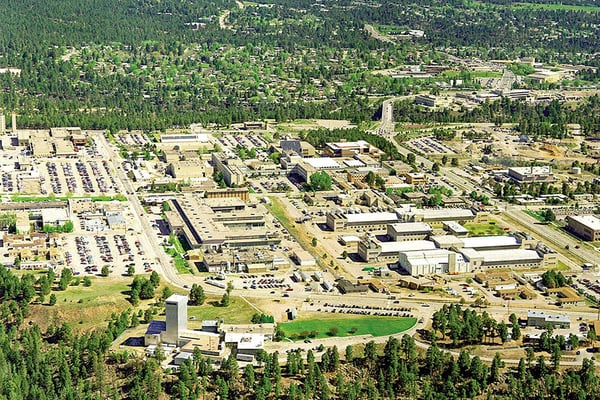
South Carolina
South Carolina has 1 facility covered by the EEOICPA White Card program which is the Savannah River Site (SRS). This site performed multiple operations that played a vital role in the nuclear weapons complex including the production of plutonium and tritium. Many facilities were built at SRS to support these efforts and to address the resulting environmental impacts.
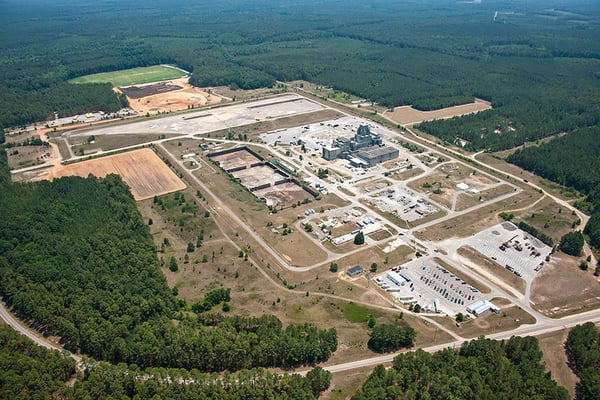
Georgia
Georgia does not technically have any EEOICPA facilities, but we serve this state due to the proximity of the Savannah River Site (SRS) located in Aiken, SC. This site performed operations that played a vital role in the nuclear weapons complex including the production of plutonium and tritium. Many facilities were built at SRS to support these efforts and to address the resulting environmental impacts.

Tennessee
Tennessee has 12 facilities covered by the EEOICPA White Card program including the Oak Ridge National Laboratory (X-10) which holds historical importance as one of the three original sites in the Manhattan Project. In order to advance the project, the Oak Ridge Gaseous Diffusion Plant (K-25) and Y-12 Plant were constructed to investigate various techniques for enriching uranium.
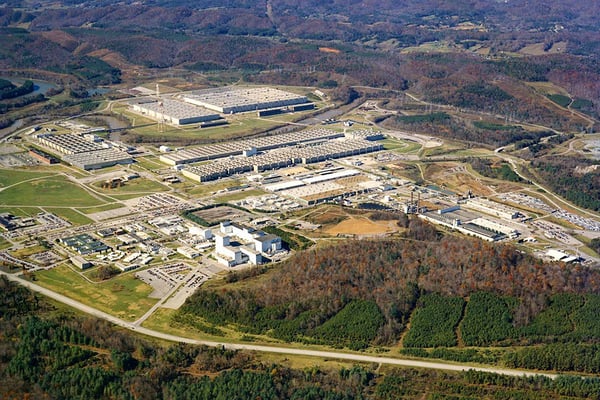
Texas
Texas has 6 facilities covered by the EEOICPA White Card program including Pantex which is the primary nuclear weapons assembly and disassembly facility originally built as a conventional bomb plant. Texas is also a designated Uranium Worker State meaning certain uranium industry employment is covered under the Radiation Exposure Compensation Act (RECA) throughout the entire state.
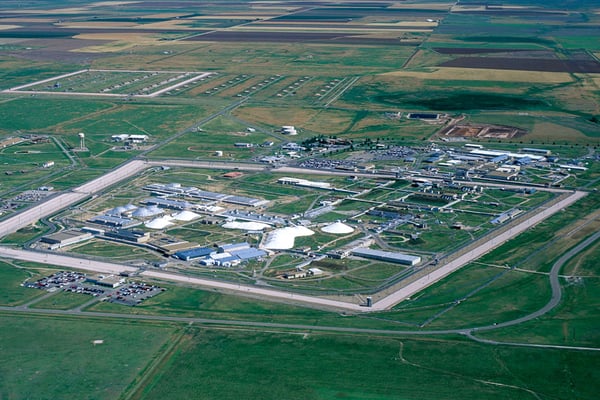
Subscribe to Trusted Ally news
Receive updates on the EEOICPA White Card Program and Radiation Exposure Compensation Act (RECA) by signing up here.
What clients, family members and employees say













